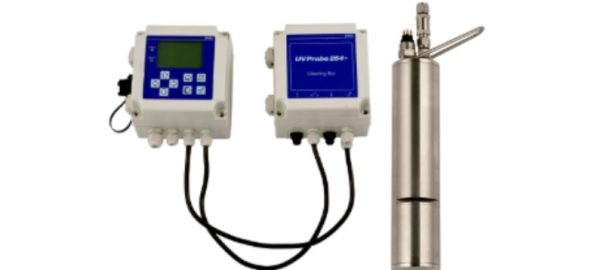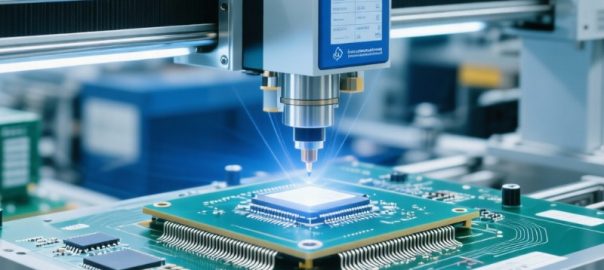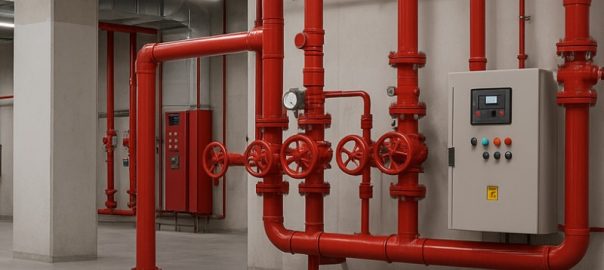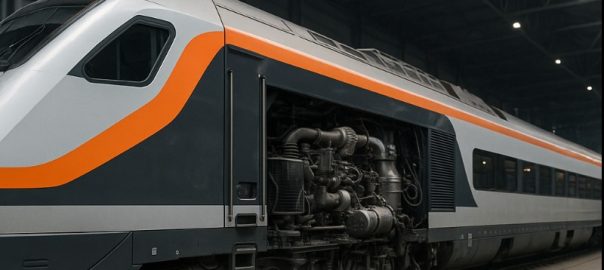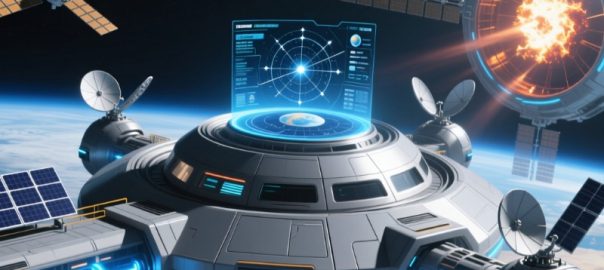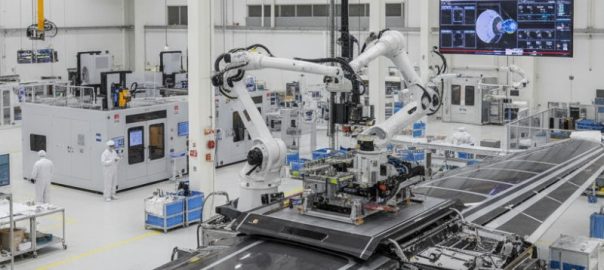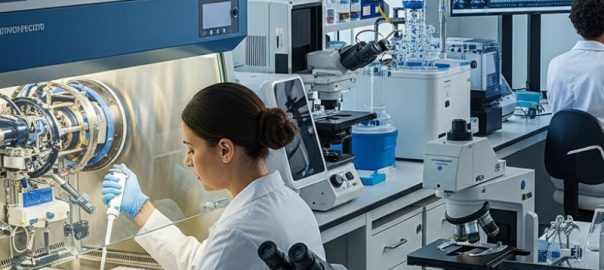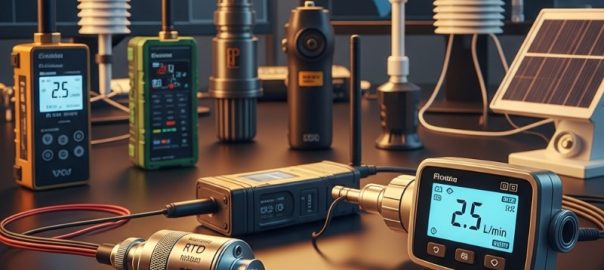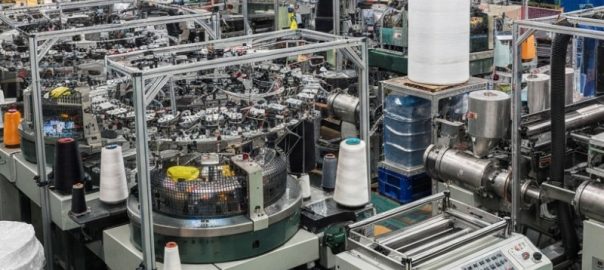
One of the most famous techniques for continuous level measurement is radar type level measurement. There is often confusion in selecting between radar type and ultrasonic type level transmitters. Don’t worry, in a coming article, we will discuss this topic also.
Radar type level transmitters are most widely used in petroleum as well as other process industries. Specific applications of the radar type level transmitters are power plants, acid and caustic tanks, crude vessels, and storage tanks.
Radar type level transmitter works on the principle of time of flight. A radar antenna that is installed on the top of the tank sends radar waves to the tank. These radar waves travel to the tank and come back after getting reflected from the material. These waves are received back by the antenna. The time taken to travel is noted by a microprocessor. The speed of radar waves is already known to us.
Using the simple formula of speed = distance/time, we can calculate the distance.
Radar level transmitters are mainly of two types: contact type radar level transmitter and non-contact type radar level transmitter.
Contact type radar level transmitter
Contact type radar level transmitter’s construction consists of a probe connected to the transmitter which has an antenna and a microprocessor. This antenna sends radar waves to the tank through the guiding probe. When these radar waves hit the material, a part of it is reflected back and the remaining part travels to the bottom of the tank. The remaining part also hits the tank bottom and again comes back to the transmitter. This creates an echo waveform. This echo waveform is useful in determining the interface.
Non-contact type radar level transmitter
Non-contact type radar level transmitter has only an antenna and a microprocessor. The antenna sends the radar waves into the tank and after reflecting back from the material, the radar waves come back to the transmitter. The microprocessor calculates the distance from the time that the radar wave has taken and the speed of the radar waves.
Contactless radar suffers much greater signal loss than guided wave radar due to the natural tendency of electromagnetic radiation to spread into space. Waveguides cancel this signal loss by sending radio energy along a straight path with the help of a probe.
An important factor while using radar type level transmitters is the dielectric constant of the material. For measurement of interference, there should be at least a difference of 5-8 dielectric constant. Otherwise, the radar will not create an echo.
Advantages of Radar type level transmitter
- Non-contact radar level transmitters are ideal for highly corrosive liquids.
- Radar level transmitters are suitable for measuring liquid, solid, slurry, or interface levels.
- Since there are no moving parts, maintenance is very low.
- The measurement is unaffected by liquid properties like density changes, temperature changes, and pressure changes. The only dielectric change affects the measurement.
- Radar-type level transmitters have a good response and accuracy as compared to other level measurement techniques.
Limitations of Radar type level transmitter
- As the permittivity of the material changes, so does the reading.
- When using contact radar, echoes are formed when material adheres to the probe and incorrect measurements are obtained. You will need to pull out the probe, clean it, and then reinstall it.
- Even with non-contact radar, if there is something on the antenna, cleaning is required.
- For interference measurements, the permittivity difference should be at least 5-8 units. Otherwise, the interface echo cannot be measured correctly.
- Installation and troubleshooting may require product manufacturer-specific training and a laptop PC with product manufacturer software.
- Calibration of radar-type level transmitters is a bit difficult procedure.
Source: InstrumentationBlog




